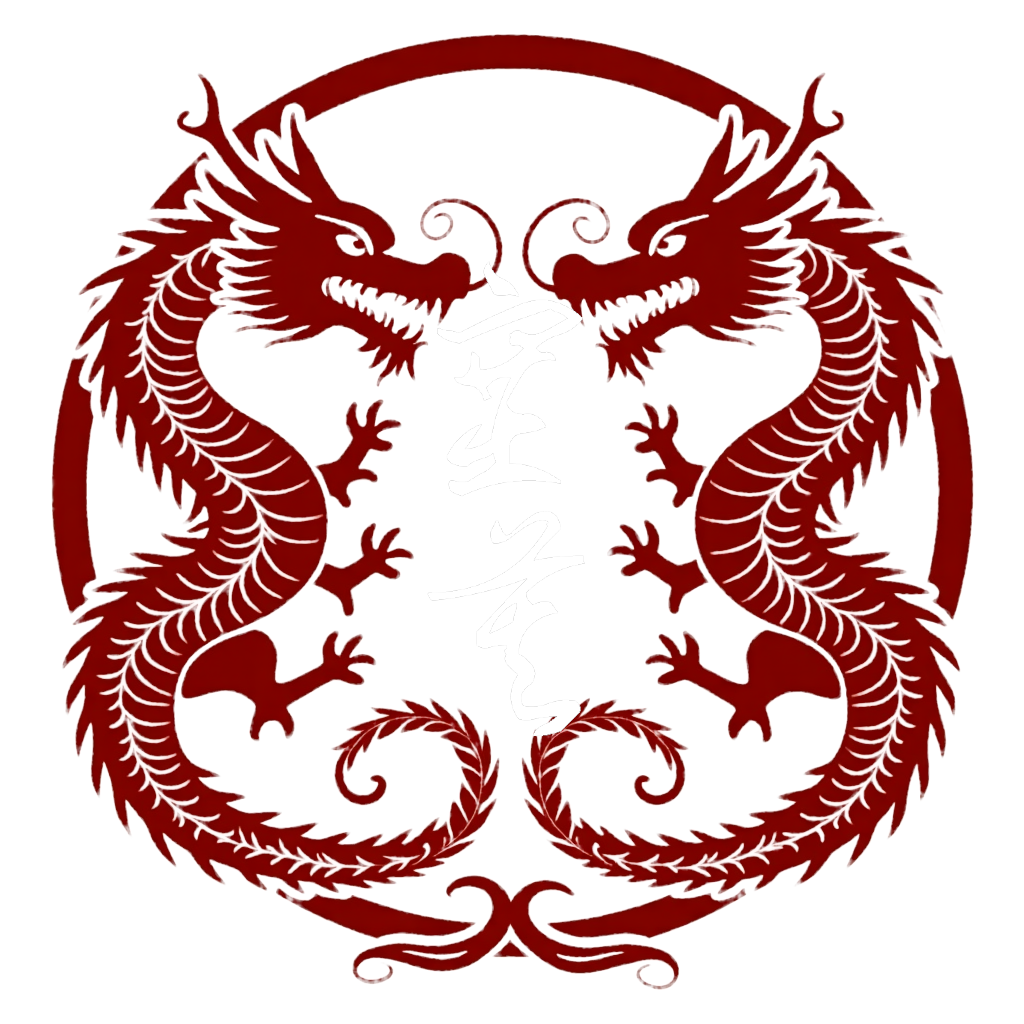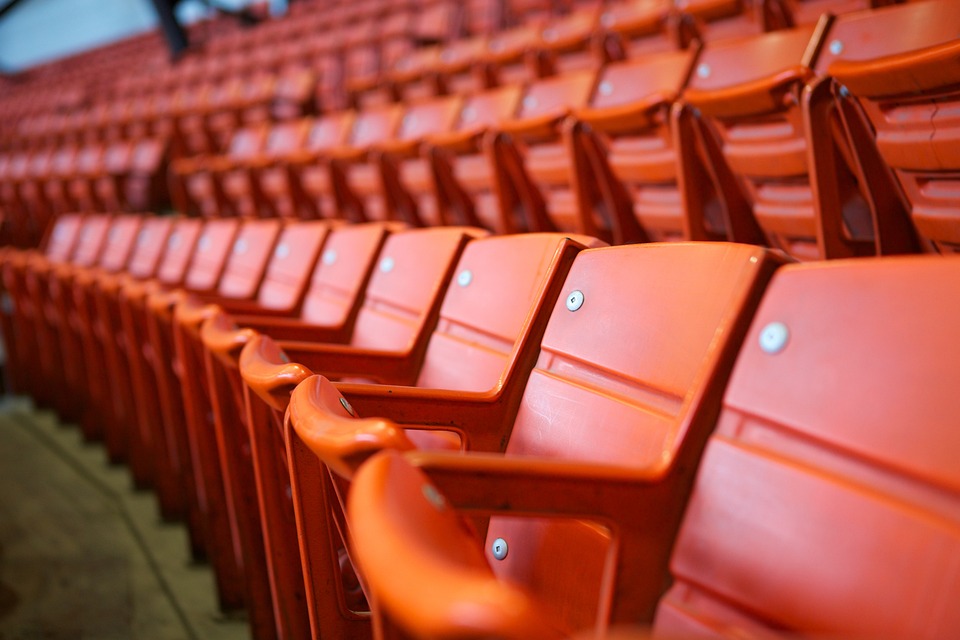Beyond the Medal Count: Personal Journeys at SEMO Beijing 2025
The SEMO International Event in Beijing this past January brought together exceptional athletes from across the globe, creating not just a competition but a transformative experience for participants. Now that the spotlight has dimmed and athletes have returned home, we’ve connected with several standouts to hear their reflections on competing on the international stage, navigating cultural experiences in Beijing, and how this event has shaped their athletic journeys moving forward.
Sarah Chen: Swimming Sensation’s Breakthrough Performance
For 21-year-old swimmer Sarah Chen, the Beijing event marked her first major international competition. Despite this, she stunned veterans by securing silver in the 200m freestyle with a personal best time of 1:56.43.
“The moment I touched the wall and saw my time, I couldn’t believe it,” Chen recalls. “I’ve visualized that race thousands of times during training, but nothing compares to the actual experience of competing against world-class athletes in such an electric atmosphere.”
Chen credits her success to the intensive six-month training program developed by her coach, former Olympic finalist James Wilson. “We focused on improving my underwaters and maintaining technique during the final 50 meters when fatigue sets in. Those small adjustments made all the difference in Beijing.”
Beyond the pool, Chen embraced the cultural experience. “I was particularly moved by our visit to the Temple of Heaven. There’s something humbling about competing in a city with such rich history—it reminded me that our athletic journeys are just small chapters in a much larger story.”
Looking ahead, Chen has her sights set on the Shanghai event in 2026. “Beijing showed me that I belong at this level. Now I know what it takes, and I’m hungry for more.”
Marcus Johnson: Veteran Basketball Player’s New Perspective
For 28-year-old basketball standout Marcus Johnson, the Beijing event represented his third SEMO international competition, but perhaps his most meaningful.
“Being a veteran on the team meant taking on a leadership role for many first-time international competitors,” Johnson explains. “Seeing the event through their eyes rekindled my appreciation for these experiences that I might have started taking for granted.”
Johnson’s team secured bronze after a hard-fought tournament, with his clutch three-pointer in the semifinal against the host nation becoming one of the event’s memorable moments.
“That shot will stay with me forever—not because of the basket itself, but because of the deafening silence from the crowd followed by the eruption from our small section of supporters. That contrast of emotions was incredible.”
The tournament also presented unexpected challenges for Johnson. “I sustained a minor ankle sprain in our second game, which required adapting my play style. Our team physio worked miracles between games, and I learned valuable lessons about playing effectively even when not at 100%.”
Johnson particularly valued the cultural exchange aspects of the event. “The friendship tournament after the official competition, where we played mixed-nationality teams, was incredible. Playing alongside athletes you had just competed against creates unique bonds. I’m still in contact with players from five different countries.”
Elena Rodriguez: Track Star’s Redemption Journey
For track athlete Elena Rodriguez, the Beijing event represented redemption after a disappointing performance in her previous international competition due to injury.
“Coming back from that setback tested me mentally even more than physically,” Rodriguez shares. “In Beijing, crossing the finish line healthy and competitive again was a victory in itself. The gold medal in the 400m hurdles was honestly just a beautiful bonus.”
Rodriguez’s winning time of 54.36 seconds established a new personal best and would have placed her among the top finishers at recent world championships.
“The Beijing track was exceptional—fast but not too bouncy. The conditions were perfect for pushing limits, and the competition elevated everyone’s performance. Five national records fell during the track events alone.”
Rodriguez found unexpected inspiration in Beijing’s architecture. “I was fascinated by how the city blends ultramodern design with ancient traditions. It’s a powerful metaphor for athletics, where we’re constantly balancing fundamental techniques with cutting-edge approaches to training and recovery.”
The cultural program organized by SEMO particularly impressed Rodriguez. “The calligraphy workshop organized for athletes was surprisingly centering. Learning about the discipline and patience required for this art form actually informed my mental approach to my final race.”
David Park: First-Time International Competitor’s Growth
For 19-year-old David Park, competing in table tennis at the Beijing event fulfilled a lifelong dream, especially meaningful given his Chinese heritage.
“My grandparents emigrated from China, so competing in Beijing had special significance for our family,” Park explains. “They couldn’t travel to watch in person, but knowing they were watching the livestream from home gave me extra motivation.”
Though Park didn’t medal, reaching the quarterfinals exceeded expectations for his first international event. “Competing against athletes who have dedicated their lives to the sport in a country where table tennis is revered was intimidating but incredibly educational. I learned more in one week than in months of regular training.”
Park was struck by the technical sophistication of the Beijing facilities. “The venue lighting was designed to eliminate any shadows on the table, and the flooring provided perfect traction. These details might seem minor, but they allow for the highest level of play.”
The language barrier initially concerned Park, but he found unexpected connections. “Despite not speaking Mandarin fluently, I connected with several Chinese athletes through the universal language of sport. One local competitor even gave me technical advice after our match that I’ve already incorporated into my training.”
Maya Williams: Gymnastics Phenom’s Cultural Immersion
For 17-year-old gymnast Maya Williams, the Beijing event provided not just athletic challenges but a profound cultural education.
“Competing in gymnastics at this level demands complete focus, but I was determined to experience Beijing beyond the competition venues,” Williams shares. “Our team scheduled cultural activities in the mornings before afternoon training, which created a perfect balance.”
Williams earned bronze in the all-around competition and gold on balance beam, establishing herself as a rising international talent. “Performing my beam routine in that environment, with that level of pressure, and executing exactly as planned—it’s the moment I’ve worked toward for a decade.”
The technical standard of the Beijing event impressed Williams. “The equipment was absolutely world-class, identical to what we see at the highest level competitions. This consistency is crucial for gymnasts, as even minor differences in apparatus can affect performance.”
Williams formed a special bond with a Chinese gymnast through an interpreter. “Despite the language barrier, we discovered we share the same pre-competition ritual of visualizing our routines while listening to the same song. We exchanged music recommendations and still message each other almost daily.”
Carlos Martinez: Team Sport Perspective from Volleyball Captain
As captain of the men’s volleyball team, Carlos Martinez experienced the Beijing event through the lens of team dynamics.
“Leading a group through an international tournament presents unique challenges,” Martinez explains. “We had to navigate not just the competition but also travel fatigue, unfamiliar food, and maintaining team cohesion while everyone was processing these new experiences differently.”
Martinez’s team placed fourth after narrowly losing the bronze medal match in five sets. “That match will haunt me for a while—we were two points away from a medal. But the growth we showed from our first match to our last demonstrates what these international experiences provide.”
The technical aspects of international competition surprised Martinez. “The ball used in Beijing plays differently than what we’re accustomed to—it moves faster through the air but has slightly different spin characteristics. These small adjustments required significant adaptation during our limited training time.”
Martinez was particularly impressed by Beijing’s Olympic heritage. “Training in facilities originally built for the Olympics created a tangible connection to the history of our sport. You can feel the legacy of great athletes who competed in these same spaces.”
The food experiences stand out in Martinez’s memories. “Our team nutritionist worked with local chefs to create meals that satisfied our performance needs while introducing us to authentic Chinese cuisine. This thoughtful approach typified the entire Beijing experience—blending athletic excellence with cultural immersion.”
Olivia Thompson: Adaptive Sports Ambassador
For para-athlete Olivia Thompson, the Beijing event represented an important milestone in SEMO’s commitment to inclusive competition.
“Having adaptive events fully integrated into the main program rather than as a separate competition sends a powerful message,” Thompson notes. “Beijing set a new standard for how para-athletics should be presented on the international stage.”
Thompson earned gold in both of her wheelchair racing events (400m and 800m), setting a personal best in the latter. “The track surface was absolutely perfect for wheelchair racing—firm but with just enough grip. My times reflected not just my preparation but also these ideal conditions.”
The accessibility of the Beijing venues particularly impressed Thompson. “From the athletes’ village to competition venues to cultural excursion sites, the attention to accessibility was comprehensive. This shouldn’t be remarkable, but unfortunately it still is in many international competitions.”
Thompson served as an unofficial ambassador during the event, participating in a panel discussion about adaptive sports development. “Sharing my journey with local students and seeing their enthusiasm for para-sports was possibly more rewarding than my competitive success. These connections extend the impact of the event far beyond the medal count.”
The Shared Experience: Common Themes
Despite competing in different sports and coming from diverse backgrounds, our featured athletes highlighted several common elements of their Beijing experience:
Cultural Exchange Value
All athletes emphasized how cultural activities enhanced their overall experience, creating memories beyond competition and fostering international friendships that continue after returning home.
Technical Excellence
The world-class facilities, equipment, and organization received universal praise, with many athletes noting how these elements allowed them to perform at their peak.
Personal Growth
Beyond athletic achievement, competitors consistently mentioned how navigating an international event in a different culture built confidence, adaptability, and perspective that transfers to all aspects of life.
Looking Forward to Shanghai
Every athlete expressed enthusiasm about the recently announced Shanghai 2026 event, with many already incorporating this future competition into their long-term training plans.
Beyond the Competition: Program Highlights
The Beijing event featured several innovative elements that athletes particularly valued:
Cultural Immersion Program
Organized cultural activities including historical site visits, culinary experiences, and artistic workshops received high praise for enhancing the international experience.
Mixed-Nation Friendship Competitions
Following the official events, friendly competitions with mixed-nationality teams fostered connections across cultural and language barriers.
Community Engagement
Athletes’ visits to local schools and community centers created meaningful connections with Beijing residents, particularly inspiring young people.
Technical Exchanges
Informal skills clinics where athletes shared techniques and approaches across national lines added significant value beyond official competition.
Looking Ahead: The Road to 2026
As announced earlier this month, SEMO’s next International Sports Event will take place in January 2026. Many Beijing participants are already looking forward to this next chapter in their international competitive journey.
“Competing in Beijing has completely reshaped my perspective on international competition,” summarizes swimmer Sarah Chen. “I arrived as an athlete representing my country and left as a global citizen connected to a worldwide community of competitors. I can’t wait to continue this journey in 2026.”
For these athletes and hundreds more, the Beijing event represented far more than results and medal counts. It embodied sport’s unique power to transcend boundaries, create understanding, and forge connections that extend far beyond the field of play.
For more athlete stories and behind-the-scenes content from the Beijing International Event, visit our media gallery at semo-sports.com/beijing2025.

.png)





